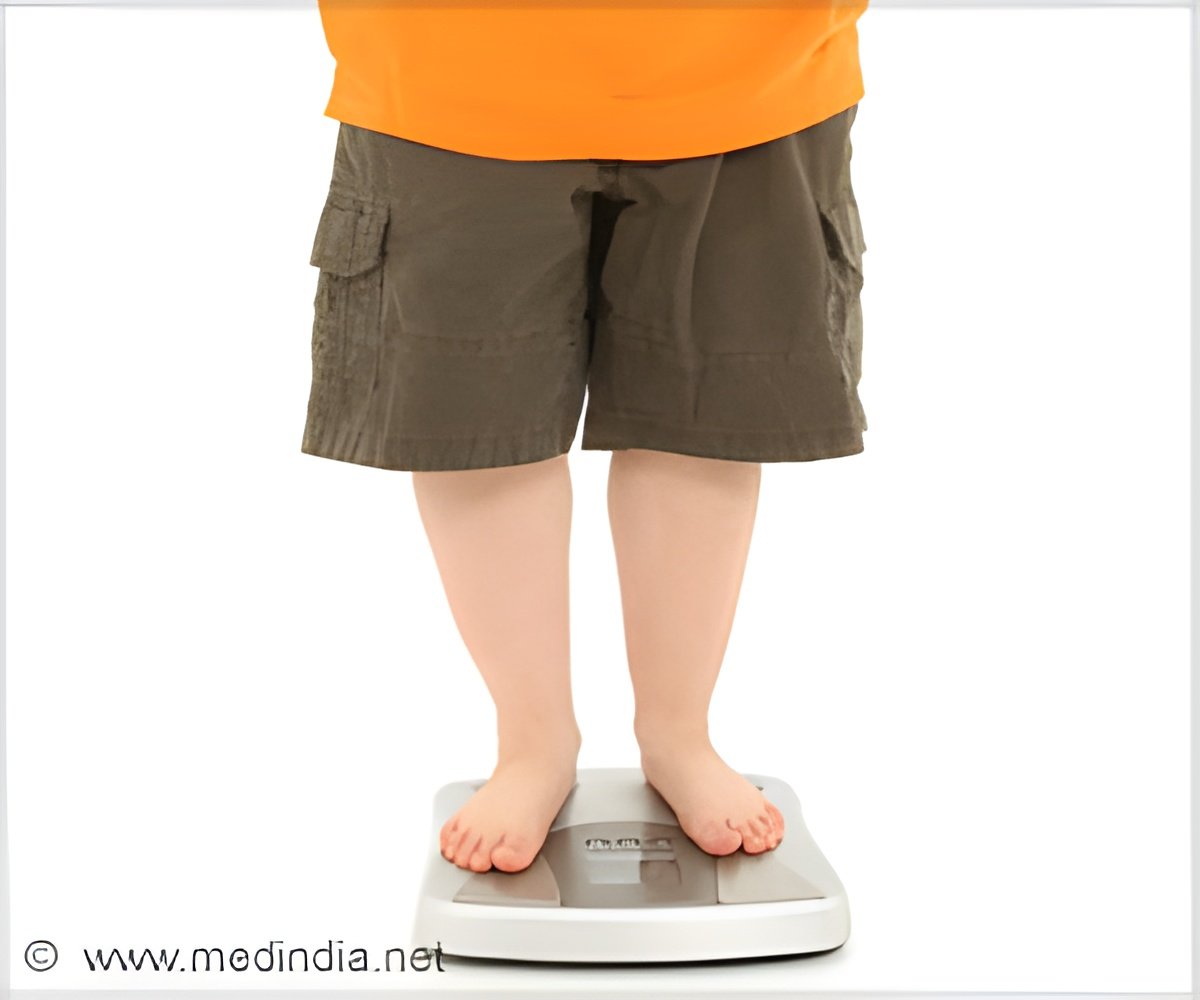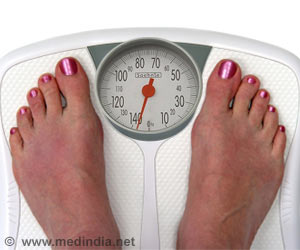Proximity to fast and convenience food sellers can impact a student's chances of becoming obese, reveals a new study.

‘Living very close to a lot of unhealthy, junk food outlet choices is likely not good for decreasing the risk of children being overweight or obese.
’





Reporting in the journal Obesity online Oct. 29, the research team found that among children between the ages of 5 and 18 living within a half-block of (or roughly 0.025 miles from) a fast-food outlet, 20 percent were obese and 38 percent were overweight. Similarly, among children who lived within a half-block of corner stores or bodegas, 21 percent were obese, and 40 percent overweight. For every half or full block farther away from that students lived from unhealthy food sources, obesity figures dropped from between 1 percent to more than 4 percent, depending on the type of food outlet, according to the study authors.
The team's findings stemmed from an analysis of public-school records from kindergarten through high school, which included periodic measurements of children's height and weight. Researchers used mapping software to compare that information with how far every child lived from sellers of both junk and healthy foods at fast food outlets, corner stores, sit-down restaurants, and grocery stores.
According to the researchers, the study comparisons made were "highly neighborhood specific." For example, kids in a small section of Harlem were compared only to other kids in the same part of Harlem.
"Our study indicates that living very close to food outlets with a lot of unhealthy, junk food choices is likely not good for reducing the risk of children being overweight and/or obese," says senior study investigator Brian Elbel, Ph.D.
Advertisement
Even a drop in obesity rates of just a few percentage points, he says, translates into potentially saving thousands of children from obesity and its associated health problems, including increased risks of heart disease, diabetes, and early death.
Advertisement
Elbel, an associate professor in the Department of Population Health at NYU School of Medicine and at the NYU Wagner Graduate School of Public Service, says the findings could support policies that limit fast food outlets and corner stores to keep them at a minimum distance away from housing complexes or neighborhoods with persistently high rates of obesity.
Surprisingly, Elbel notes, the study found no increase in obesity risk based on the distance from home to grocery stores and sit-down restaurants. Elbel says this finding suggests that neighborhood "food deserts," where fresh produce is in short supply, plays a small role one way or another in childhood obesity rates in urban areas.
In essence, he says, what appears to put kids at risk is how easily and quickly they can access junk food.
Source-Eurekalert















